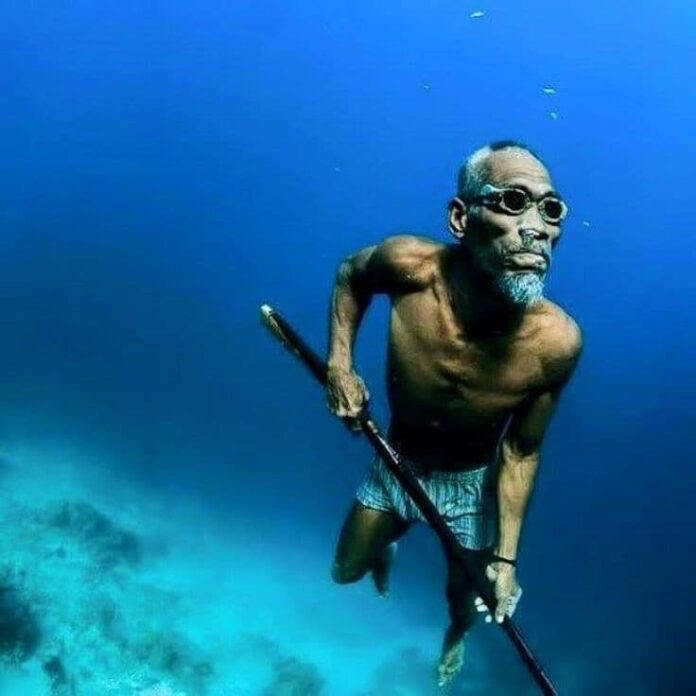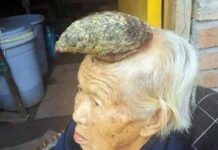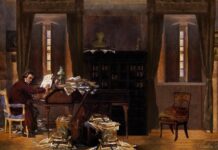The Bajau people aka the sea nomads or sea gypsies belong to a tribe with many special skills. These sea gypsies are the ethnic group that spend a large amount of their time in the water. They have very deep knowledge of the oceans, and their diving skill is absolutely out of this world. With spleens that are up to 50% larger than other homo sapiens, no doubt why they can hold their breath longer. Let’s dive deeper and learn more about the Bajau people with me below.
1Who Are The Bajau?

The origin of the Bajau Tribe is from the Sulu Islands region in the Southern Philippines. Their nomadic sea life also brings them to the waters of Brunei, Indonesia, and Malaysia. There are three groups including the Moken, Orang Laut, and Sama Bajau that consist of millions of people across Asia known as the sea nomads. While the origin is in the Philippines, most appearances of this tribe are actually in Eastern Indonesia instead. Many communities are in the waters of Maluku, Raja Ampat, Sulawesi, and all the way to the northern part of Kalimantan. When it comes to language, it varies slightly depending on the region they live in. There are at least 10 languages that the Bajau tribal groups speak in different parts of the sea. However, their traditional attire all shares the same vibrant colors and intricate embroidery.
Do you know the oral history of the Bajau people? The tribe believed that they were once members of a kingdom on land. One day, the king’s beautiful daughter was swept out to sea by a storm or probably was kidnapped by a neighboring tribe. There are two versions. The king then sent the Bajau people to sea to search for his daughter, and the tribe never found her. Because they were afraid of the king’s punishment for returning empty-handed, they decided to stay at sea since then. What do you think about this story?
2How’s Their Lives?

Historically, the Bajau people remain at sea, living on small boats for months at a time. Depending on where they are from, some live in stilt houses above the water. However, there is one village called Sampela on the waters of Wakatobi has a slightly different way of life. The unique thing about Sampela is that there are wooden homes on stilts instead of dwelling boats. With a more modern lifestyle, children attend school while the elders head out to sea or take care of the village. This is one of the very few villages where people are literate because a majority of the Bajaus cannot read or write.
Regardless of their homes, people there still practice the same diving and hunting skills their forefathers had. They build boats called lepa-lepa which they use to transport themselves across the sea. Coming to land is uncommon as the lives of these sea nomads revolve around the sea. One of the most interesting facts about them is that they don’t know their age; it just doesn’t matter. They focus more on the present which is their health, the weather, and the bounty of fish. Simply put, they don’t have an answer if you ask them how old they are. And, of course, they don’t celebrate birthdays.
3What Are Their Abilities?
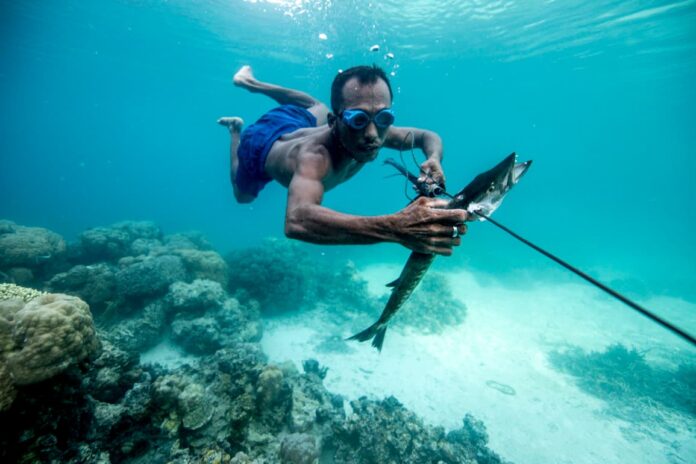
One of the most notorious abilities that the sea gypsies have is their free diving skills. All they need is a mask and speargun, and they are ready to catch their fish and other seafood. That is when another ability comes into the image, the Bajau fishermen can dive up to 70 meters deep. What can we say, small children can swim better than they can walk. All sea gypsies learn how to control their breathing underwater and to fish from an early age. By the time they reach adolescence, they are already masters of diving and fishing. Thanks to their enlarged spleens, they can hold their breath for at least 5 minutes without the need for scuba gear. Many of them also purposely rupture their eardrums to make diving more comfortable.
Another special ability that the sea gypsies have is “trepanging”, and they are very good at it. It is an act of collecting or harvesting sea cucumbers from the ocean floor. Since these animals don’t move very fast, trepanging can be easily done by diving to the ocean bottom and picking them up by hand. This is why the Bajau people are one of the main sea cucumber suppliers of the Southeast Asian markets.
4What Is Their Culture?
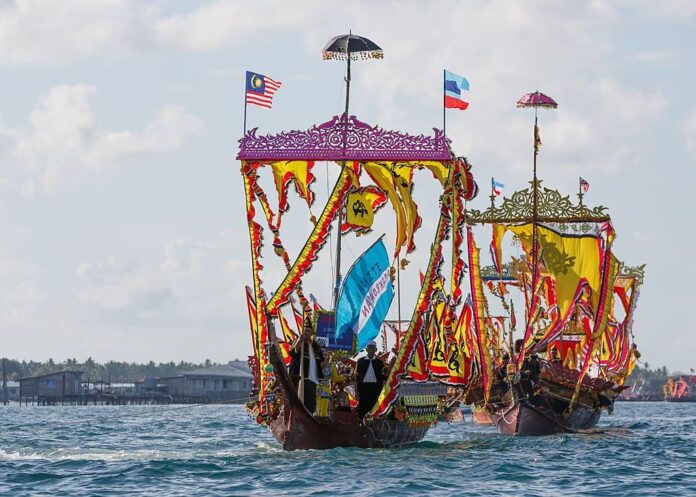
The Bajau people have a very beautiful culture when it comes to their connection with the sea. As the children of the sea, it is not a surprise to know that they worship Omboh Dilaut, the God of the Sea. At the same time, they also worship other sea spirits as well. Many Bajau communities are Muslim because of the migration to Brunei and Malaysia waters. However, their religious beliefs still connect with their daily lives which is related to animism and dynamism. There is usually one person who is considered an elder or shaman who sometimes performs rituals for the safety of their group. Traditionally, the sea gypsies give birth on the sea and die on the sea. But since most of them are Muslims now, they now bury their family members on the mainland instead.
Bajau people use Borak paste which is a locally manufactured turmeric paste every day to protect their skin from the sun. Not different from other parts of Asia, lighter skin is also a beauty standard in this little tribe. Women use Borak to appear more attractive and mothers also use it to protect their children’s skin.
Cultures are incomplete with art, and the arts in this sea wanderers’ culture is rather fascinating. The Bajau people have traditional dances that they perform during a wedding ceremony. On top of that, they also have traditional songs that they passed down for generations as well. They even have musical instruments that resemble drums, string instruments, and wind instruments such as gabbang, palau, and tagunggo. More than that, they also still practice a traditional form of carving called “okil” which uses coral or limestone as its medium. This ornate carving is to decorate their boats.
5Do They Face Any Challenges?
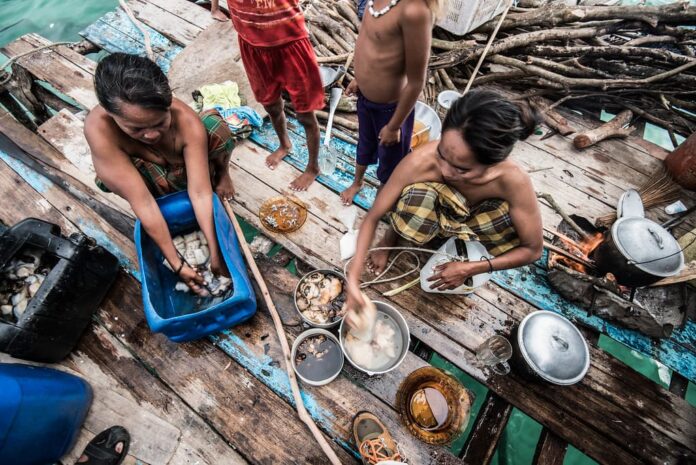
As seafarers, one of the main challenges that they are facing is climate change. The rises in temperature directly affects marine life and water pollution have a large impact on them. But that is not all, government policies that restrict their access to traditional fishing grounds also affect them. Not to mention overfishing by the industry, no doubt why many Bajau communities have been forced to abandon their nomadic lifestyle and settle on land.
Unsure if it is a challenge but the Bajau people are not registered as any citizens at all. In spite of their origin, the Philippine government does not want to recognize them as Filipino citizens. The same thing also happens to other Bajau communities in other countries as well. If they ever set foot on the mainland, the local population will drive them out. They also face harsh treatment because they still have elements of animism in their religious beliefs. Many of their Muslim neighbors consider them to be “uncivilized pagans” even to this day. Sadly, the Bajau people are often targeted for extortion, theft, and violence which is so unfair.
Related Post: Tribes With Unusual Beauty Standards

